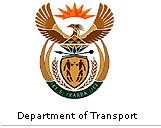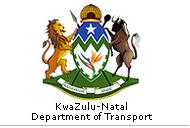 |
Gas IndustryThe three major producers of industrial, medical and
household gases have plants located in the Durban,
Newcastle, Pietermaritzburg and Richards Bay areas .
Some of the products such as liquid oxygen, liquid
nitrogen, argon and acetylene are produced in
Vanderbijlpark, and other gases are imported from Europe
and USA.
Some industries (such as the Pietermaritzburg based
aluminium extrusion plant and some poultry producers) are
major users of bulk gases.
Future plans to bring industrial gas to the Durban area by
pipeline may affect transport requirements in the long
term.
The main commodities produced are cylinders of compressed
oxygen, acetylene welding products and bulk liquid
petroleum gas (LPG), which is clean burning and has many
uses in the home, industry, shipping and agricultural
applications. The products such as liquid oxygen and liquid nitrogen are
very volatile, and must be controlled at a constant
temperature of between -1830C and -1930 C respectively.
For this reason special insulated vehicles are needed for
the transportation of these products.
Transportation of combustible liquid gas products is
confined to certain routes which are classified according
to emergency response capabilities available on the route.
The classifications are as follows: white, grey and black.
The N3-N2 would be classified as a white route because of
the availability of quick emergency response times, good
road conditions, accessibility, etc., but most of the
interior of the province has limited response capability.
Calculation of the tonnage transported is complicated by
the extreme weight of the containers relative to the
product contained.
Respondents to the survey of industries estimated that
they were handling 150 tons per week in cylinders in the
Durban area, but were not able to give specific
distribution patterns. In addition, a smaller quantity of
gases is transported in bulk tankers directly to
customer plants.
|
 |



